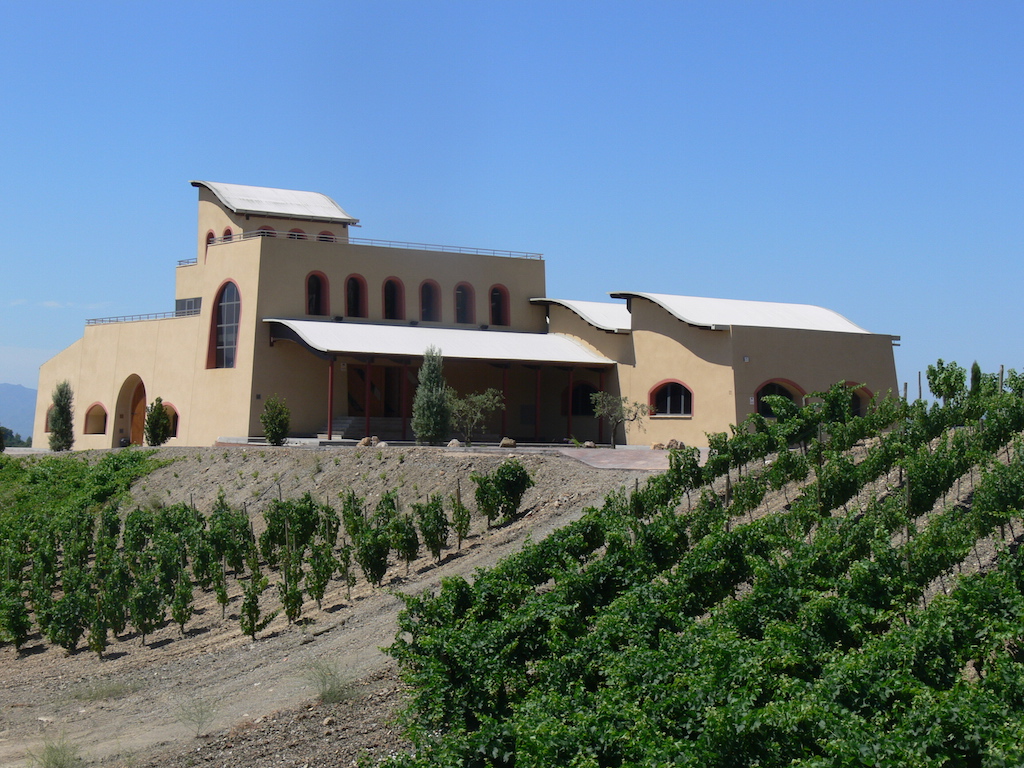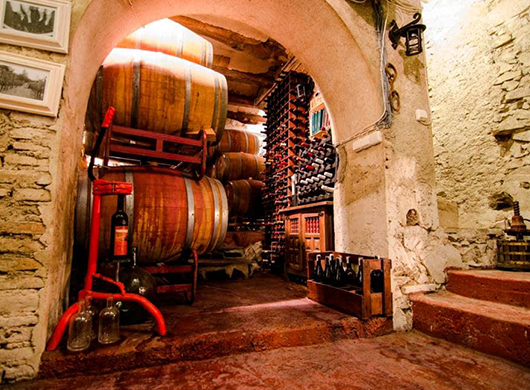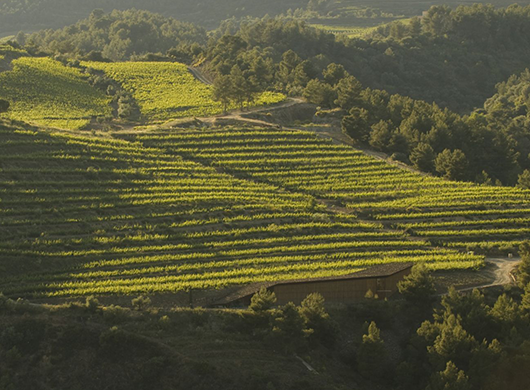
Location
El Lloar is in the west of the region, on the right side of the river Montsant that forms its easterly limit. The municipality is small but with a rugged terrain, in which the cliff of la Roca stands out, where deep gullies are born and fall steeply to the river Montsant. Like the neighbouring village of Gratallops, the village of El Lloar has a characteristic silhouette that is cut on the back of a ridge; it seems that the two could use hand signals to communicate visually. Located to the west of the DOQ Priorat, its area extends between the cliffs of the mountains from the west to the Montsant river to the east.
Altitude: 210 m. Area: 6,60 Km2. Population: 123.
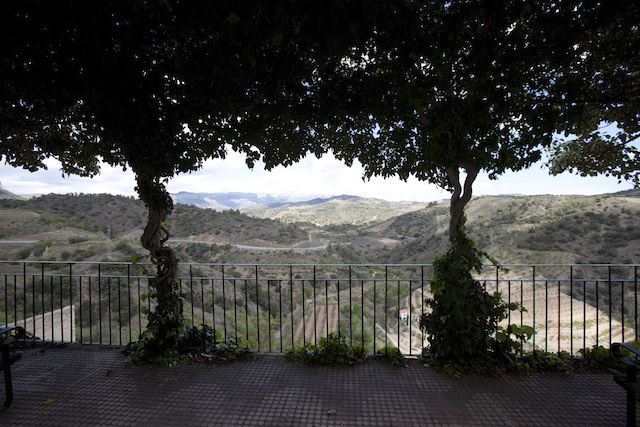
History
There are several versions about the name of the town. Some say that it comes from llobar, meaning ‘land of the wolves’, a theory based on the abundance of these animals that existed in these lands; others say that the name could come from praise, ‘praise or adoration’, and others that say it comes from slab or llosera, taking into account the composition of most of the land in the municipality.
Festivals and customs
El Lloar celebrates the Summer Festival the first weekend of August, in honour of St. Domènech. In September, St. Michael’s day is celebrated. This festival coincides with the harvest.
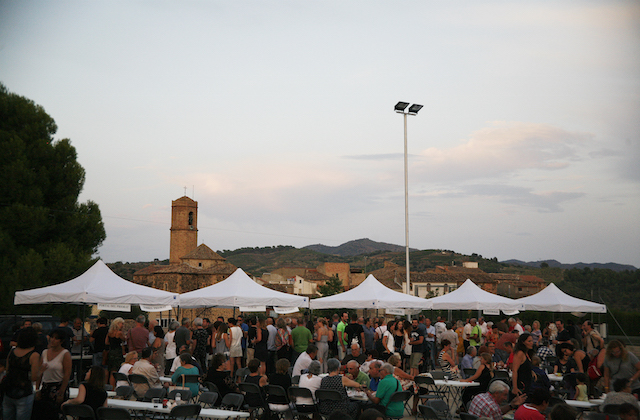

Llocs d’interès
L’església parroquial, dedicada a Sant Miquel Arcàngel, fou bastida al segle XVII amb maçoneria i carreus. Dins el nucli del poble, al carrer Sant Miquel, hi ha una balconada natural, anomenada Mirador del Priorat, des d’on es contempla una visió magnífica del riu al fons de la vall. Cal destacar, a un quilòmetre i mig del poble, un seguit de coves anomenades Coves dels Rogerals, molt a prop del Nas d’en Quiuma, una enorme roca compacta de molts metres d’alçària i de gran interès geològic, i també la Font del Minfami, d’origen sarraí.


